In the beautiful city of Padua lies the historic gem that is Palazzo Bo. This remarkable building is an architectural masterpiece and harbors a rich history dating back to the 15th century. As the long-standing administrative center of the Università degli Studi di Padua, Palazzo Bo has witnessed countless moments that have shaped the course of academia and human knowledge throughout the centuries. In this blog post, we will explore the fascinating Palazzo Bo, one of the most remarkable sites in Padova.
The origin of Palazzo Bo’s name traces back to the Hospitium Bovis, or Ox Inn, an ancient tavern that stood on the same ground before the construction of the palace.
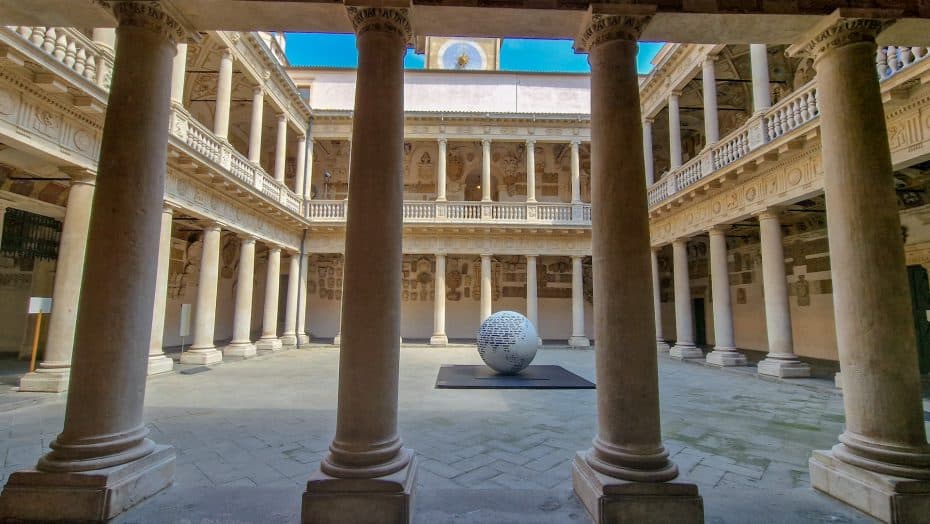
The University of Padua was established in 1222 following an exodus of professors and students from the University of Bologna. By the time the university settled in its current location at Palazzo Bo, much time had passed since its foundation, and its structures were vastly different than before. Renowned for its gifted scholars and teachers, the university became one of the largest European institutions, and it was the most frequented by foreign students among Italian universities.
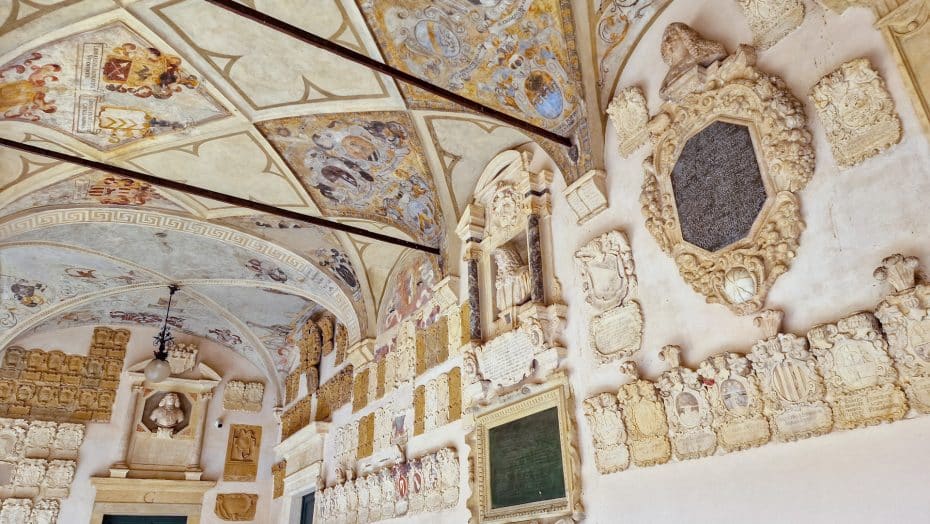
In 1493, the University purchased the Hospitium Bovis, but it took several years before it could be used. It wasn’t until 1501 that its solemn inauguration took place. However, these initial adaptation works were merely the first step of a radical transformation that materialized decades later.
Over time, different sections and structures were added to Palazzo Bo to accommodate its growing role as an educational institution. Among these is the famous anatomical theater designed by Girolamo Fabrici d’Acquapendente in the late 16th century. This wooden structure, built for medical teachings and dissections, is considered one of the oldest anatomical theaters. This wooden structure was utilized for anatomy lectures and public dissections during Renaissance times. Three hundred seats are arranged in a steep amphitheater layout on six circular levels.
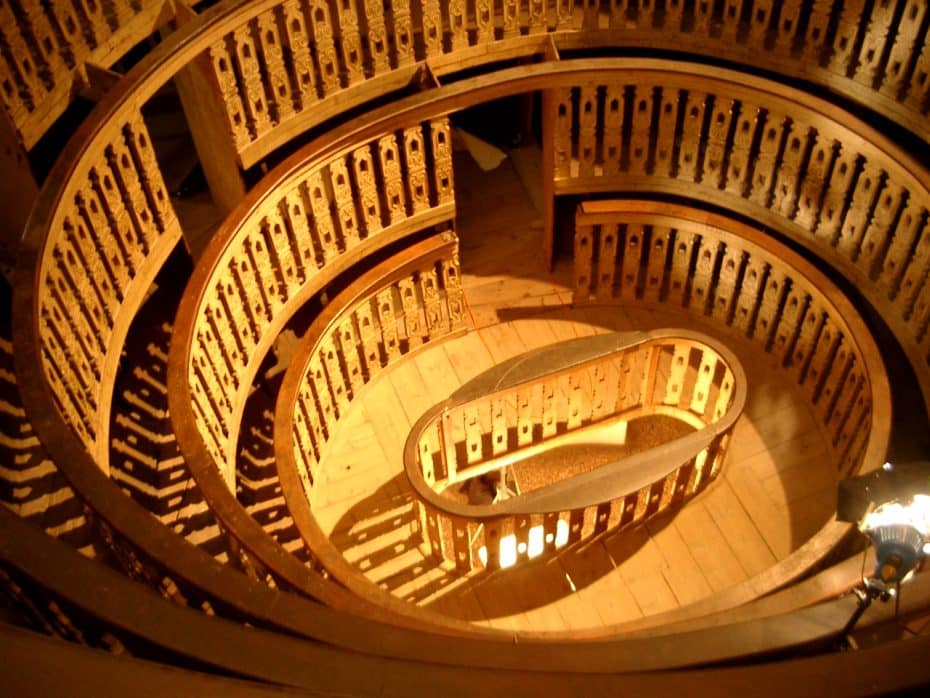
A highlight of Palazzo Bo is its Aula Magna. This grand hall was initially home to the Scuola Grande dei Legisti, but it was later demoted to a drafting room. The current Aula Magna was transformed between 1854 and 1856 and reflected the adjustments made in 1942 by Gio Ponti, who primarily worked on the south wall, where the University motto UNIVERSA UNIVERSIS PATAVINA LIBERTAS (Paduan Freedom is Universal for Everyone) can be read. He also designed seats for academic staff members along the sides and rearranged the numerous coats of arms adorning the hall.
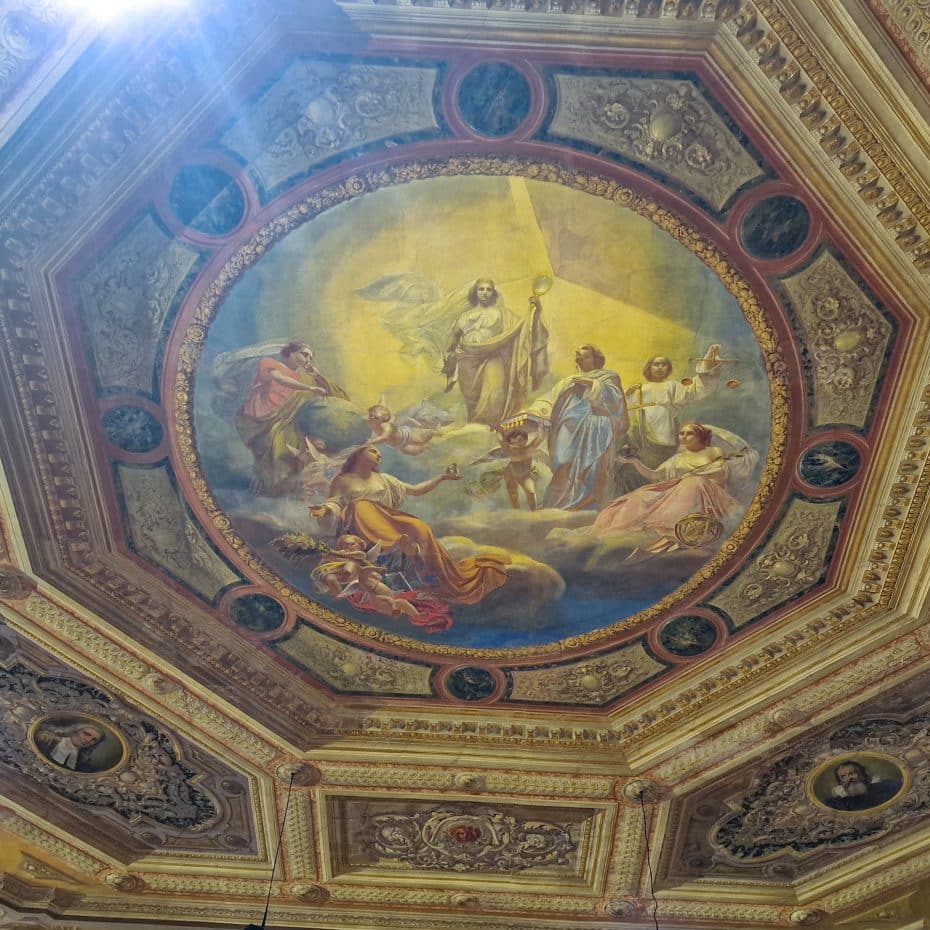
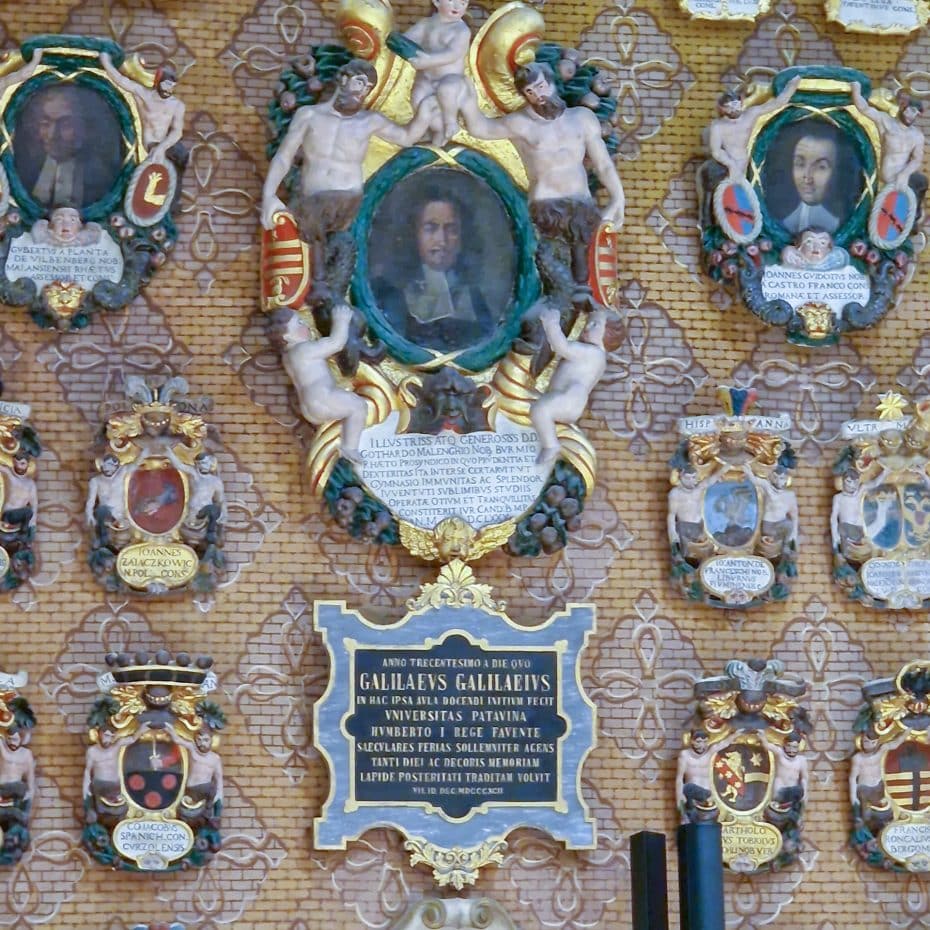
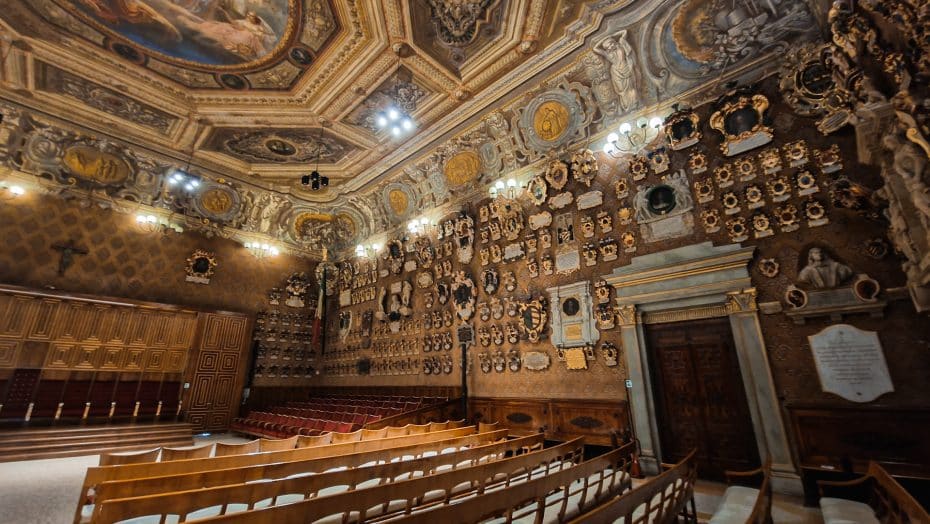
Before entering the Great Hall, you go through an antechamber called “The Hall of the Forty.” The Hall is named after the images of forty famous students of the University painted on the walls.
Notable people have studied and taught at Palazzo Bo throughout history, including Galileo Galilei from 1592 to 1610. Additionally, Elena Cornaro Piscopia was the first woman to receive a doctoral degree from any university when she graduated from the University of Padua in 1678.
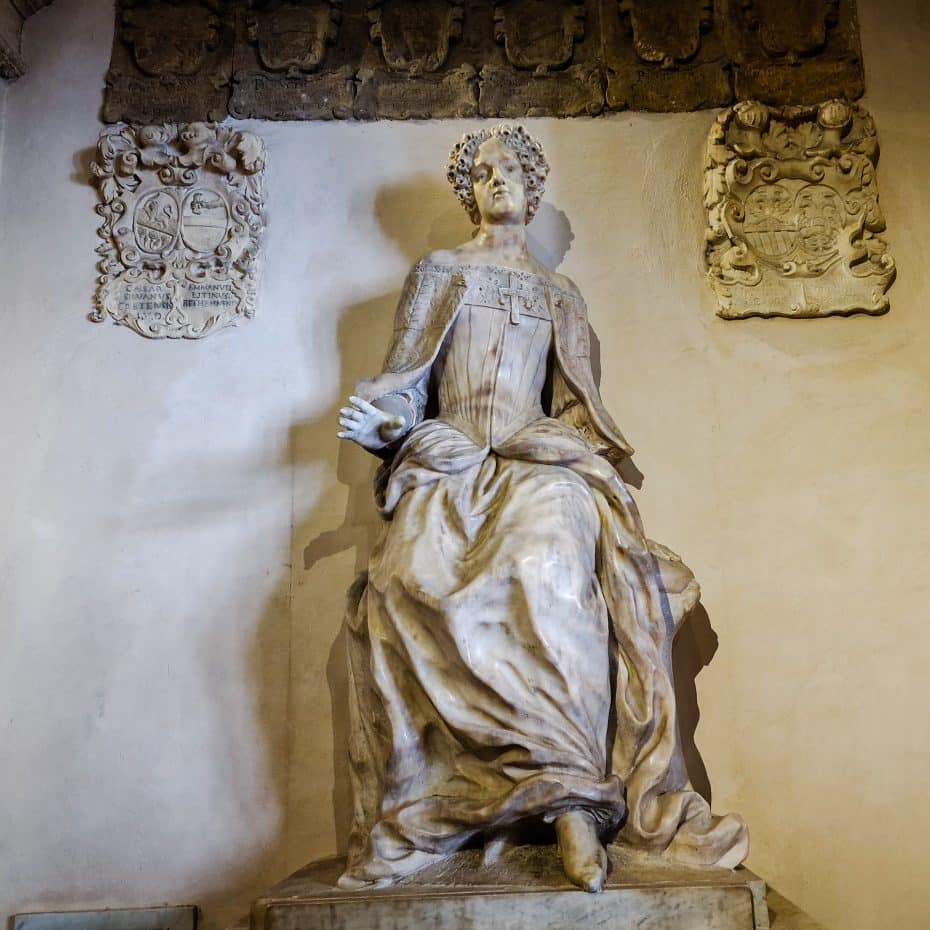
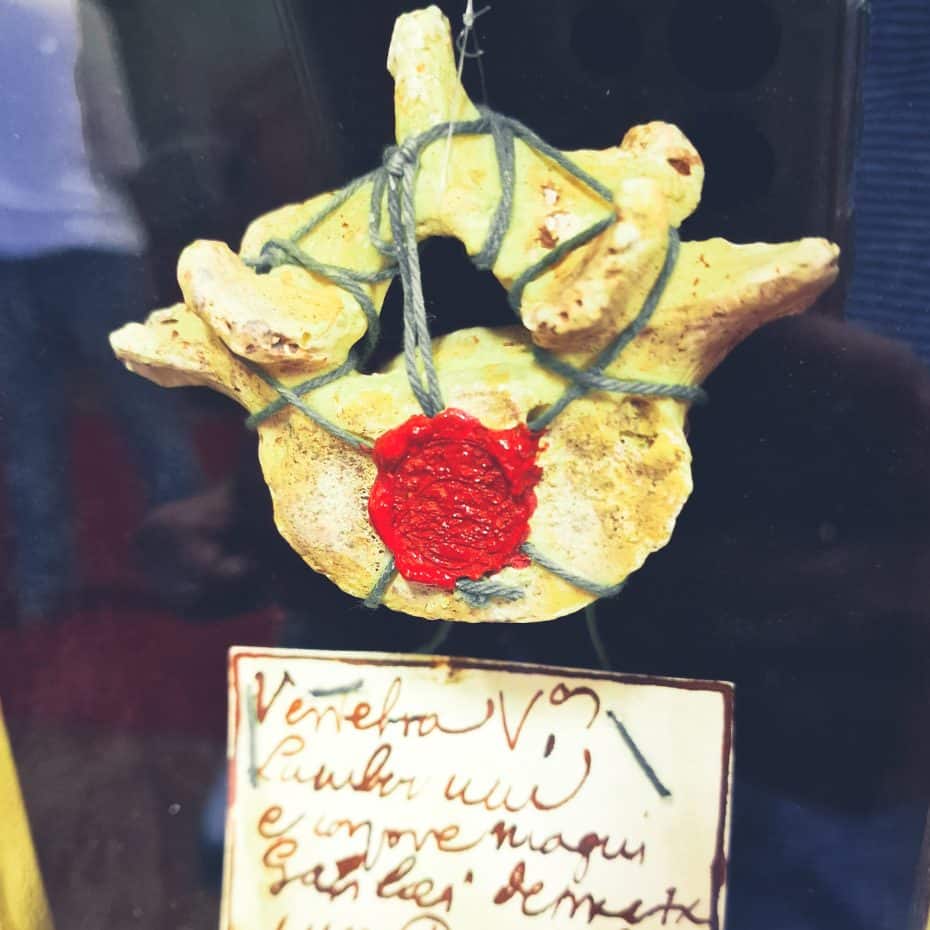
In the mid-20th century, renowned Italian architect Gio Ponti was commissioned to redesign parts of the university, including the Galleria del Rettorato and the New Courtyard. As a result, both ancient and modern architectural styles are present within this historic gem.
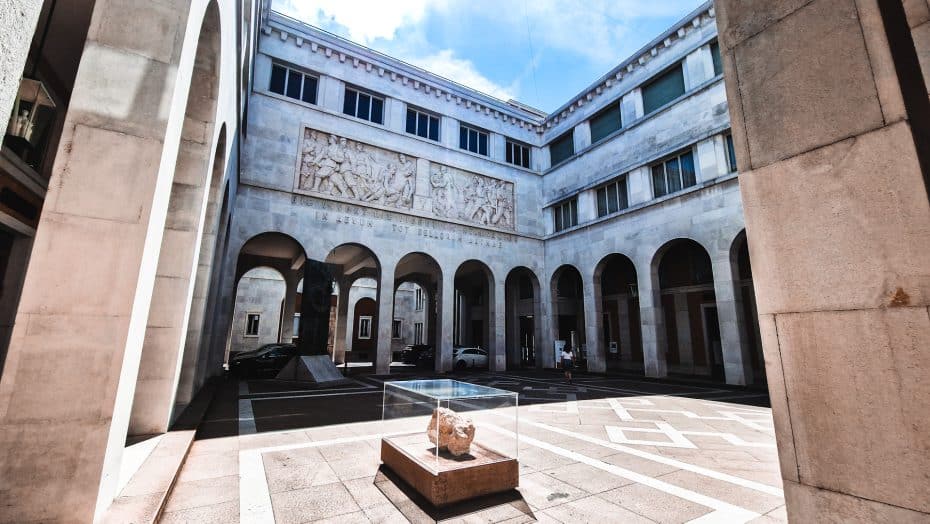
The Faculty of Medicine Hall is particularly noteworthy. The room preserves its medieval ceiling, and its walls are adorned with numerous frescoes dating back to the 1940s. Also inside the room is a display case that houses the skulls of seven professors who donated their bodies for scientific research. The room is furnished with two imposing horseshoe-shaped wooden tables.
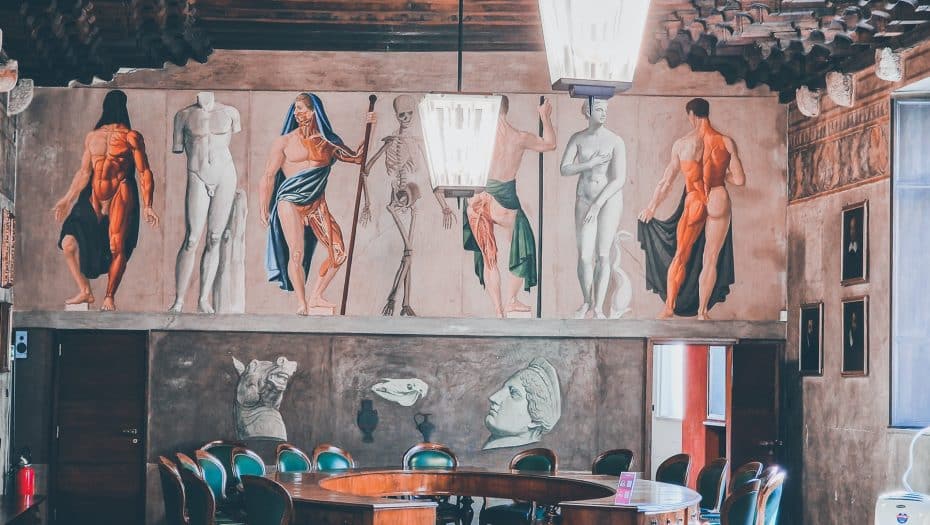
Today, Palazzo Bo continues to be a prominent site for education and learning at the University of Padua.
Padua boasts numerous attractions worth visiting near Palazzo Bo. Some examples include the Basilica of Saint Anthony, Scrovegni Chapel with frescoes by Giotto, Prato della Valle Square, and Orto Botanico di Padova – the oldest botanical garden in the world included in UNESCO’s World Heritage List.



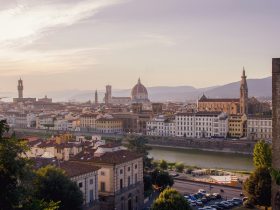


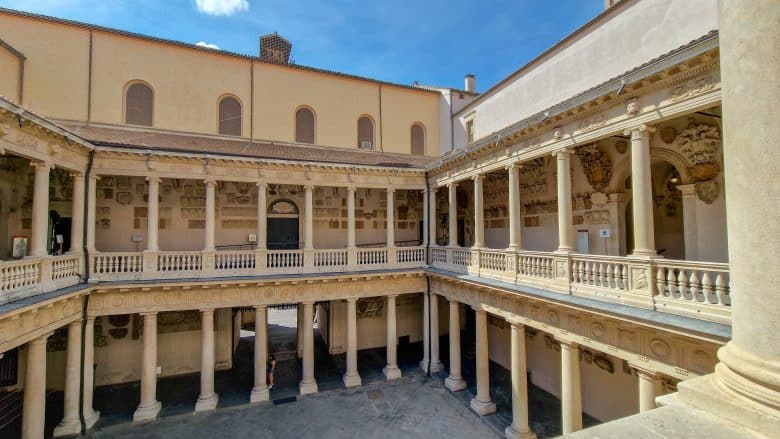

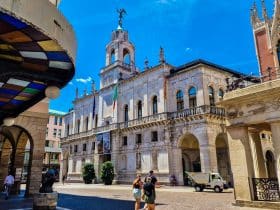
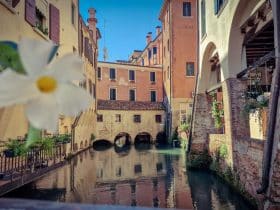



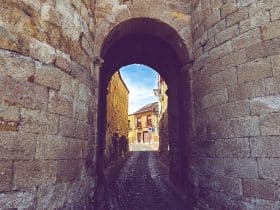










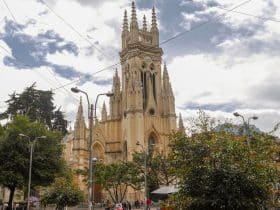
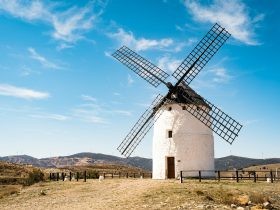


Leave a Reply
View Comments